Ronald Reagan has been dead for nearly twenty years, but sometimes it still feels like he’s still the head of the Republican Party. The fortieth US president has been etched in American folklore as one of the country’s most effective and historic statesman, the man who stared down the Soviet Union and pursued policies that ultimately brought down the so-called “Evil Empire” in December 1991. Republican politicians of all stripes, from presidential aspirants to local councilmembers, utter his name at every opportunity. The first GOP presidential debate took place at the Reagan Library in Simi Valley, California, where multiple candidates looked back at the 1980s as a time when the mighty US shook off the cobwebs from the Vietnam War and rediscovered its self-confidence.
Reagan, however, wouldn’t have been Reagan were it not for George Shultz, his longtime secretary of state. And it’s unlikely Washington’s four decade-long Cold War competition with Moscow would have ended as soon as it did without Shultz directing American diplomacy and implementing Reagan’s vision to the detriment of hawks, like Defense Secretary Caspar Weinberger and National Security Advisor William Clark, who used their positions to slow-roll stable co-existence with the Soviets. This is the main subject of a recent book about George P. Shultz, titled In the Nation’s Service, by Stanford University’s Philip Taubman, a former New York Times national security correspondent during the Reagan era.
As you might expect, the biography starts with an examination of Shultz’s early life as a college student at Princeton University, where he quickly took an interest in the field of economics before earning a PhD at the Massachusetts Institute of Technology. It details his desire to jump into the fight against Nazi Germany, so much so that he and a friend tried to enlist in the Royal Canadian Air Force (they were both rejected, but Shultz would enlist in the US Marine Corps in 1942 days after graduating from Princeton, serving in the Pacific theater). The book briefly highlights Shultz’s previous jobs in the federal government, of which there were many: staff member in President Dwight Eisenhower’s Council of Economic Advisors, as well as labor secretary, director of the Office of Management and Budget and Treasury Secretary during the Richard Nixon administration. One gets a feel of just how loyal Shultz was to both process and the boss; even when the Watergate scandal was dooming the Nixon presidency, Shultz chose to stay in his posting as others left, only resigning three months before Nixon himself chose to quit.
All of this is a tasty appetizer to the main course: a blow-by-blow account of Shultz’s seven years serving Reagan as the nation’s top diplomat. Shultz wasn’t looking to return to government; he was enjoying a life in the private sector. But when a president calls, you answer it. For Shultz, that call came on June 25, 1982, a time when the administration was a disjointed, undisciplined mess of an organization made even more erratic by the short tenure of Alexander Haig as secretary of state. While Shultz was a known entity at the time, he had his high-profile detractors, some of whom doubted he would be able to perform in the role. Nixon, Shultz’s old boss, told Reagan that while his former treasury secretary was outstanding in every role he was appointed to, “I do not believe he has the depth of understanding of world issues generally and the Soviet Union in particular that is required for this period.” Henry Kissinger, a former national security advisor and secretary of state, bluntly told Arthur Schlesinger, a former aide to John F. Kennedy, that “George has no knowledge of foreign policy, not at all; worse than that, he has no feel for it.”
In a way, this critique was partly true. Shultz did not possess the foreign policy acumen of a Nixon or a Kissinger when he entered the State Department. He did, however, have significant experience negotiating throughout his past service in the government. Of course, negotiating with a foreign power isn’t exactly the same as negotiating with a labor union. Even so, some of the skills are transferrable — for Shultz, the most prized skill of all was exhibiting the patience and fortitude to elevate pragmatism above absolutism. This preference for the “good enough” would benefit America repeatedly as Reagan cautiously explored how to bring US-Soviet relations onto a more predictable path. Shultz got the ball rolling in February 1983 when he convinced Reagan to receive Anatoly Dobrynin, the Soviet Union’s longtime ambassador in Washington, at the White House for a discussion that would break the ice.
Throughout the book, one gets the distinct feeling that Shultz was an unhappy man throughout his tenure as America’s secretary of state, even if his accomplishments have since become the stuff of legends. Shultz not only battled with white-knuckled Soviet diplomats but devoted considerable energy battling with Reagan’s White House national security staff, which viewed “détente” with Moscow as a dirty word and sought to undermine the State Department’s diplomatic initiatives. Shultz’s attempts to improve US-Soviet communication and put arms control back on the table were often met by a buzzsaw of resistance from Reagan’s more hawkish advisors. Clark, Reagan’s national security adviser in 1982-1983, comes in for particular scrutiny, categorized as a man who was highly protective of the president and ran a freewheeling policy process yet also kept direct access to the Oval Office extremely limited. William Casey, the CIA Director, was seen as a rabid anti-communist ideologue who saw Soviet power behind every street corner. Weinberger, the defense secretary, was ritualistically opposed to whatever Shultz was recommending (opposition to selling arms to Iran in exchange for the release of American hostages in Lebanon being the notable exception) and comes off as an egomaniac envious of Shultz’s prior success. Shultz, tired of his rivals throwing sand into the policymaking gears, threatened to resign on so many occasions that one wonders why he ultimately decided to stay on the job. “Mr. President, you have a fed up, frustrated secretary of state on your hands,” he told Reagan during one encounter in May 1983 after months in which the State Department was repeatedly sidelined on Central America policy. Reagan was surprised by the intra-administration acrimony.
Fortunately for him, Shultz would find a way to utilize his bond with Reagan to outmaneuver his rivals. This had less to do with bureaucratic jousting on Shultz’s part (Clark would leave by the end of 1983) and more on the fact that he shared Reagan’s belief that US-Soviet relations didn’t have to be overly adversarial. Reagan may have campaigned as the stereotypical Cold Warrior but was also terrified of nuclear weapons and their capacity to destroy human civilization. The only realistic way to lessen the danger of nuclear war was to sit down at the table and at least try to alleviate the many differences present between Washington and Moscow, something Reagan flirted with as early as April 1981 in a letter to then-Soviet leader Leonid Brezhnev.
As we know, US-Soviet talks about strategic arms reductions didn’t begin until Mikhail Gorbachev replaced an older generation of Soviet officials in 1985. Reagan and Gorbachev would go on to develop a personal chemistry between them, meeting in 1985, 1986, 1987 and 1988. At Reykjavik in November 1986, Reagan and Gorbachev even talked about the elimination of all nuclear weapons over a ten-year period, an idea that fell apart after Reagan refused to give up on up his “Star Wars” anti-missile defense system. Shultz would fly to Moscow five months later to get back to work on a more limited intermediate-range ballistic missile treaty, which Reagan and Gorbachev would eventually sign in December 1987 despite lingering arguments over Reagan’s “Star Wars” program.
Taubman’s work is as much a book about international diplomacy as it is about George Shultz. It’s a story about how difficult it is to strike grand bargains on subjects of immense consequence, how exhausting negotiating can be and how tenacious a public servant needs to be to ensure their ideas can survive the intrigues, jealousies and ideological factions that congeal into a formidable beast otherwise known as Washington, DC. In the end, Shultz managed to best his opponents in the administration, even if it took him longer than he would have liked. And the United States is better off for it.



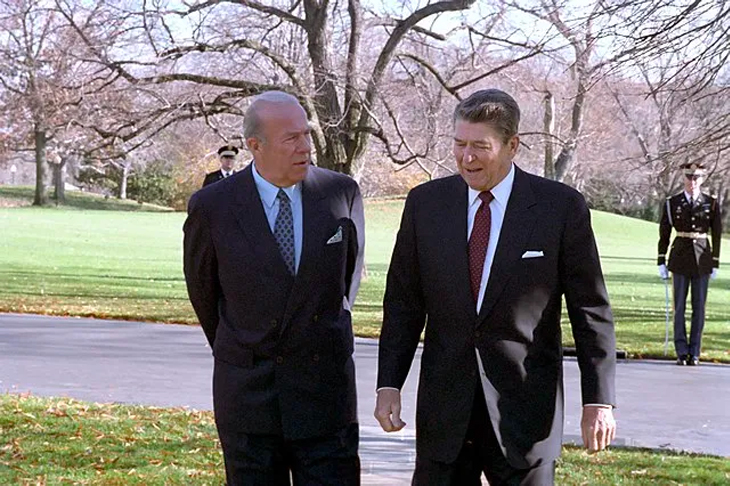








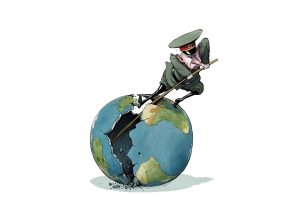

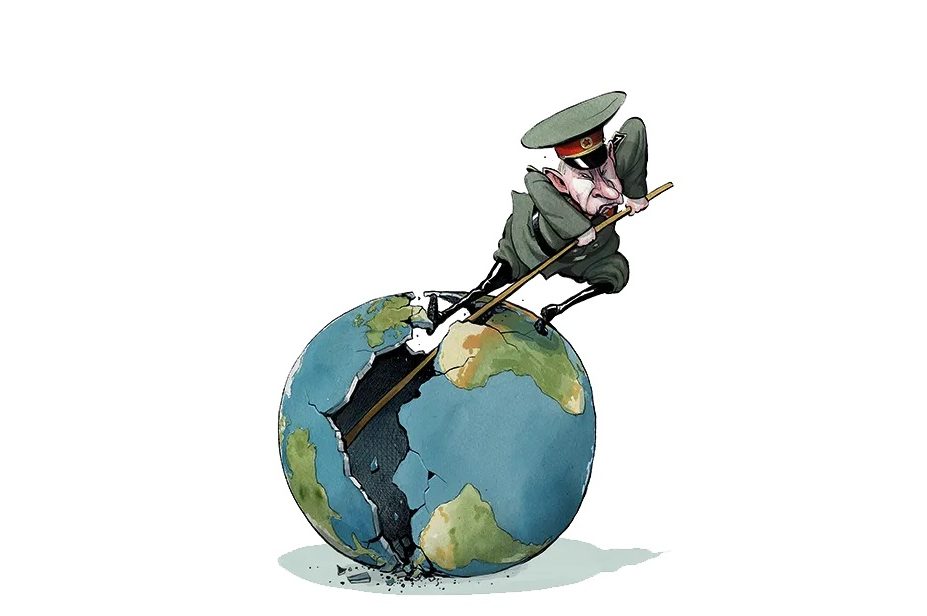
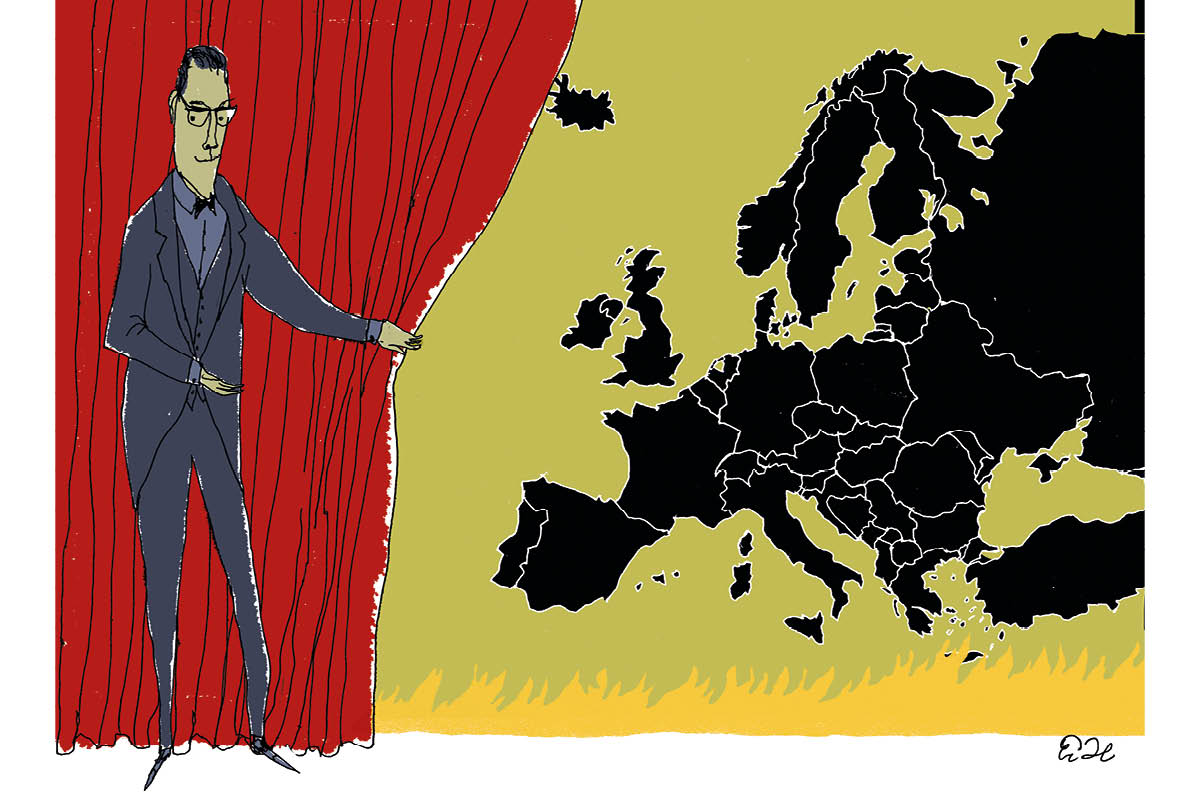


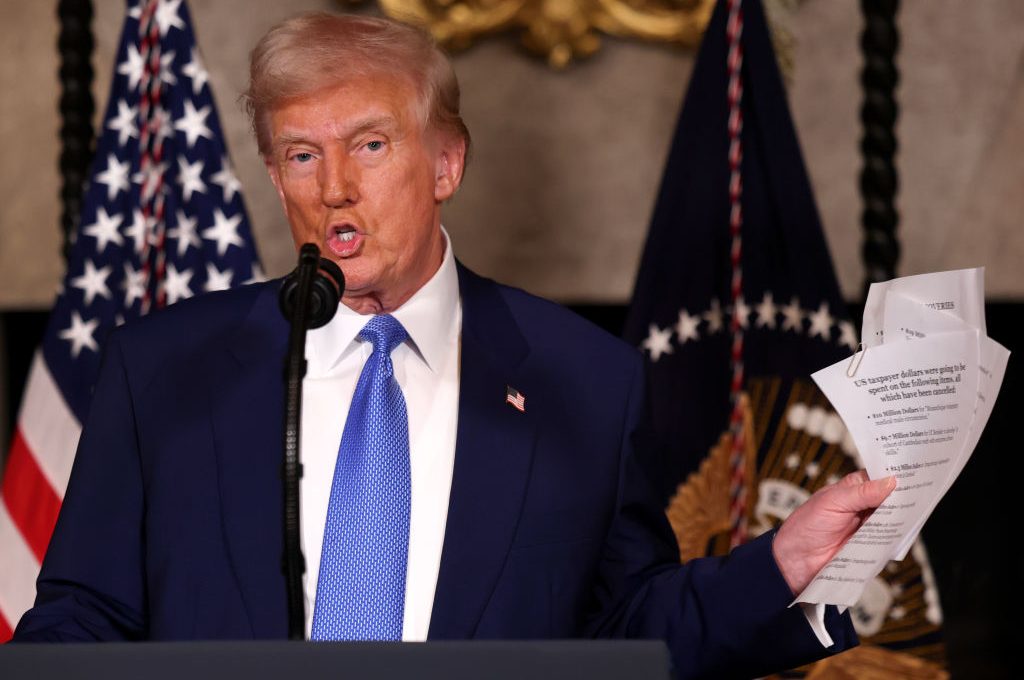







Leave a Reply